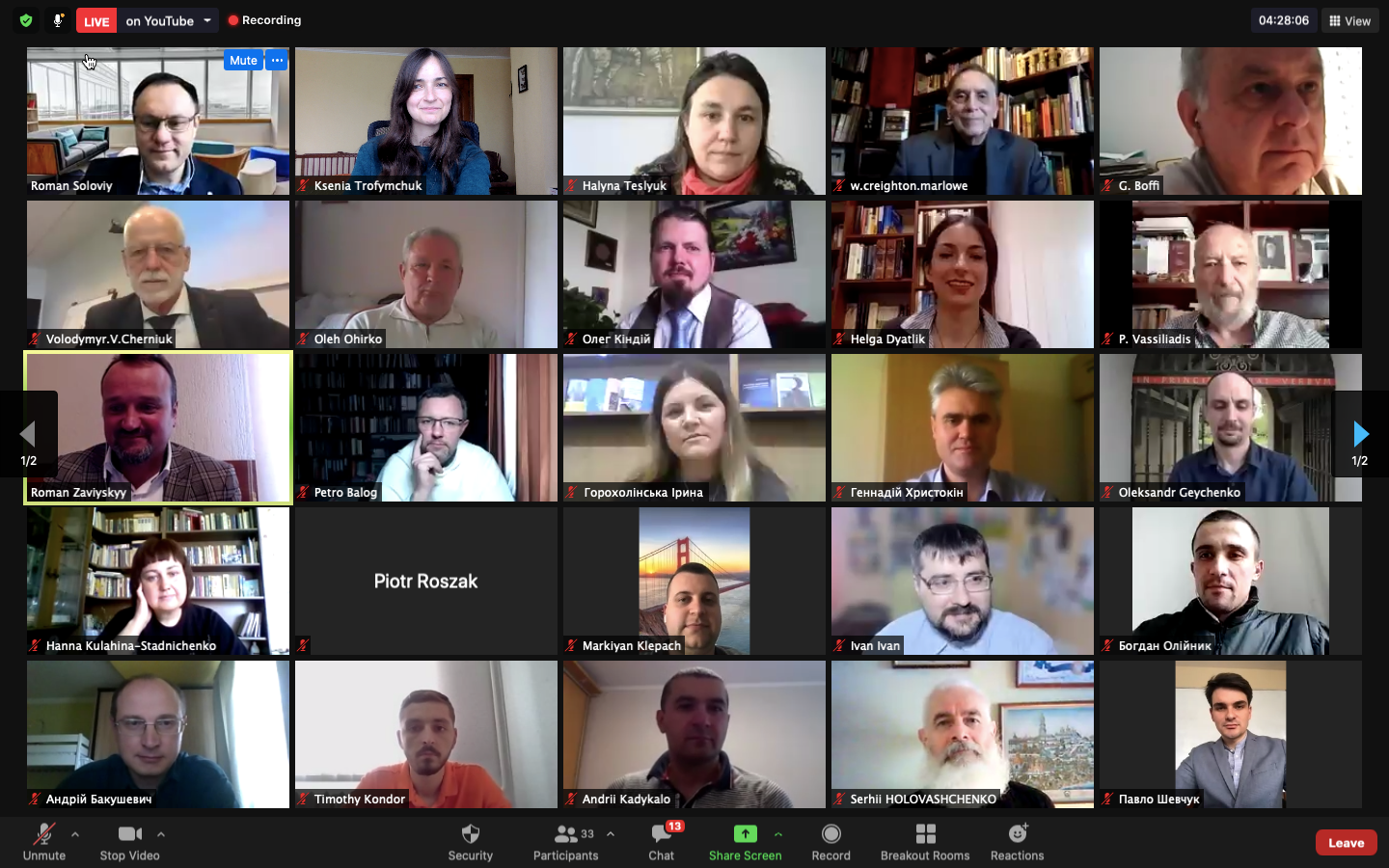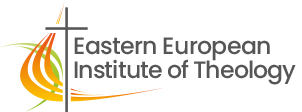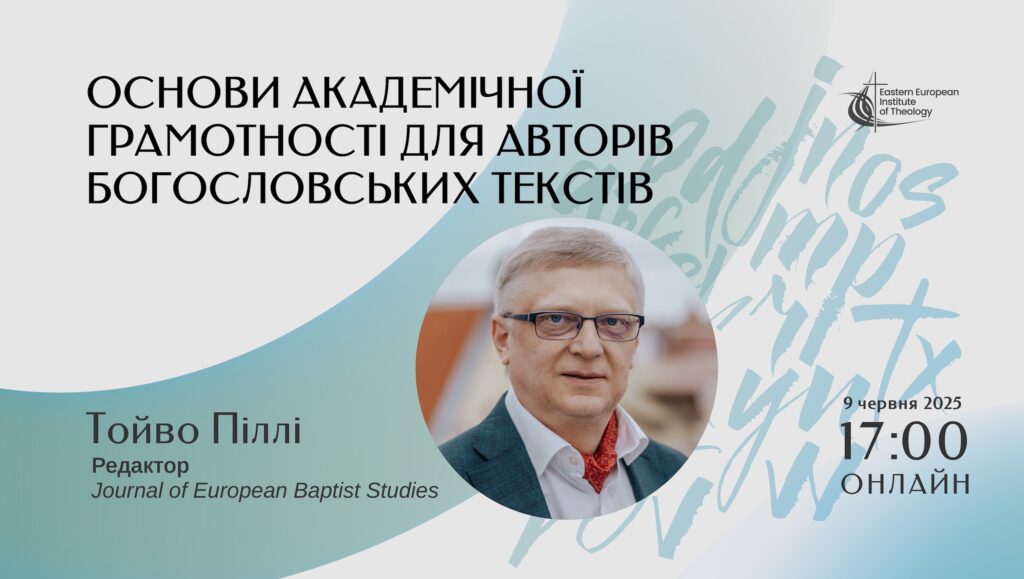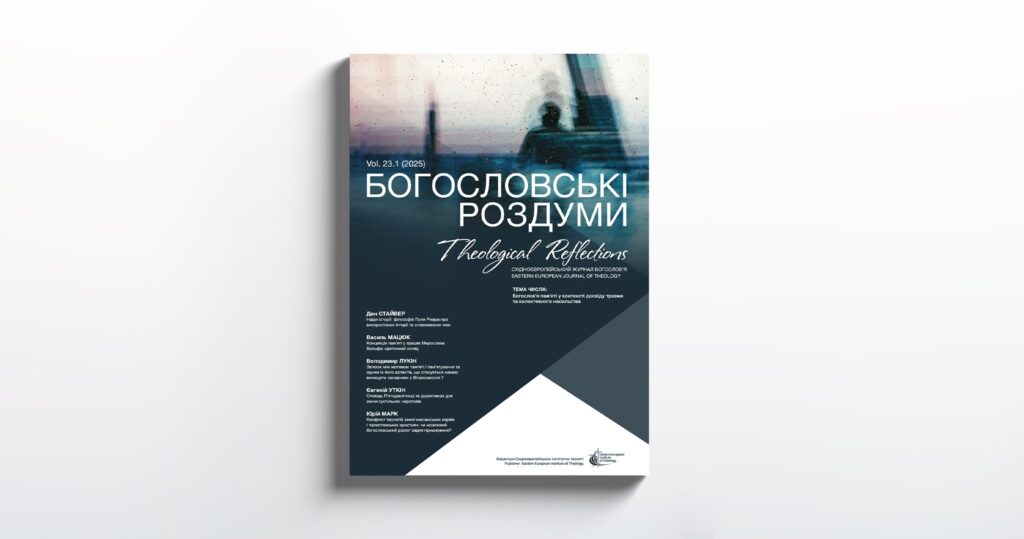International Theological Conference "Religion and Science: From Opposition to Complementarity"
On May 27-28, 2021, the International Theological Conference "Religion and Science: From Opposition to Complementarity" was held. One of the most common stereotypes is that science and religion are essentially incompatible. Although this has been successfully refuted at a conceptual level, it still holds in the popular imagination, rooted in historical clichés that significantly contribute to the tension and mutual opposition between the religious and the secular. This conference aimed to initiate more constructive dialogue between Christian theological and secular scientific worldviews, analyze and overcome mutual stereotypes, and move towards sustainable cooperation and an exchange of ideas.

The first day of the conference began with a presentation by Alister McGrath, Andreas Idreos Professor of Science and Religion and Director of the Ian Ramsey Centre for Science and Religion, University of Oxford. In his presentation "New Atheism and the Dialogue Between Science and Religion," Professor McGrath considered different ways of the interrelation of natural sciences and religious faith, focusing on approaches that study science and religion as different maps of reality. According to the writings of Mary Midgley, we need to use multiple maps, each of which is incomplete in itself, in our attempts to make as much sense as we can of our world and to live meaningfully within it. "This big world needs many maps to do justice to its vast scope and range, and to the multiple interests and concerns of its inhabitants," stated Prof. McGrath. Science describes how our world functions, but religion explains what it means. Each map is to be respected but needs supplementation with other maps. The problem with the New Atheism was that it limited reality to what science could prove. Therefore, Professor McGrath called conference participants to move beyond the outdated polemics of New Atheism and discover how science and faith can complement and enrich each other.
The famous Orthodox theologian Petros Vassiliadis, Director of the "Orthodox Ecumenical Theology" post-graduate programme, International Hellenic University, Greece, discussed understanding science and the Orthodox Church's relationship to science by examining her relationship to modernity, especially on the crucial issue of Christian anthropology. As Prof. Vassiliadis emphasized, the Church exists not for herself but for the world. The tension between ecclesial identity and our modern pluralistic society is one of the most critical chapters in the Orthodox Church's witness today, and in her relation to science. The old mission paradigm, in direct opposition to science, needs reassessment. It must give way to a new understanding of the Christian mission that endorses science. Also, a reassessment is necessary in order to tackle a distorted version of eschatology, which has led to a dangerous development in Orthodoxy that fights against the West; in the case of the recent Russkii Mir theory, this has clear consequences on the present Ukrainian crisis.
Dr. Gabriele Gionti, S.J., Scientific Staff Member of the Vatican Observatory, drew the conference participants' attention to the relationship between contemporary cosmology and the biblical doctrine of Creatio ex Nihilo. According to Prof. Gionti, there has been a close relation between cosmology and religion in ancient times. In ancient cultures, based on the harmony of the world, human beings tried to hypothesize the existence of a God. Shades of this general idea have certainly influenced the concordist position that saw the Big-Bang theory as a scientific confirmation of God's creation. In Gionti's opinion, to avoid dangerous shortcuts between theology and science, we need a separation between theological and scientific methods, as two non-overlapping "magisteria". Creation ex Nihilo is a great dogmatic doctrine of Christian theology that recognizes that God creates all things out of nothing and, therefore, the ultimate existence of all things is in God. In this way, God annuls His distance from all created things and is present in all things. The logical impossibility of formulating proof of the existence of God, however, does not prevent us from seeing a beauty in the harmony and order of the universe that reflects the imprint of the Creator who created the universe by Love. However, this is not proof of God's existence; instead, it is an argument that can only strengthen a believer's faith.
Professor Giandomenico Boffi from the Ecclesia Mater Institute at Lateran University of Rome, Italy, noted that such scientific disciplines as mathematics could bridge science and religion. Mathematics cannot be reduced to a logical calculation and always transcends the formalization in which it is expressed. Encountering a mystery in his science, the mathematician cannot be surprised to reencounter it in a much higher reality such as religion. Therefore, the fact that religion foresees mystery appears to him more as a necessary condition for its credibility than an obstacle to accepting it. Therefore, mathematics is a bridge between science and a certain openness to the mystery of reality.
Professor Archibald van Wieringen from Tilburg School of Catholic Theology, The Netherlands, in his presentation "The Dichotomy between Religion and Science from the Perspective of Bible and Exegesis," underlined that since God is reliable, this world’s order is trustworthy, too. The laws of nature also confirm this. Theology should say that, since demythologization has taken place, we can use all science, including the natural sciences, to unravel the processes of human life and nature. As sometimes takes place in the modern debate on climate change, neo-mythologization is theologically neither necessary nor desirable. In concluding remarks, Professor Wieringen argued that faith is not in contrast to science. Faith is not even complementary to science. There is no dichotomy, as is often thought. Science can be part of a faithful word without any problem, and, the other way round, faith can be part of a world in which empirical approaches have their appropriate place.
Piotr Roszak, Professor of fundamental theology, Nicolaus Copernicus University, Torun, Poland, is convinced that it is essential to ask why scientists should be open to theology and why theologians should be interested in science. The theologian's lack of interest in "science," according to Prof. Roszak, is a sign of the depreciation of natural theology and the perception of revelation in light of an occasionalist "system." However, revelation is not the answer to all questions, but the key to discovering the world. A science-religion dialogue aims to restore the broken pact with nature: to reconcile all creation in Christ. Scientific discovery resembles the path of the biblical wise men from the East going to Bethlehem. Their journey was initiated because of simply observing the world (science); in Jerusalem, they came to know Old Testament prophecies (religion), but over the last kilometers, from Jerusalem to Bethlehem, they are guided by "both books: Holy Scripture and Nature. They see a star: both orders agree. That is what they enjoy - remarkable consonance, the unity of the world, the unity of both stories: biblical and natural.
Professor Creighton Marlowe from Evangelische Theologische Faculteit, Leuven, Belgium, considered the question of science in the First Bible. Based on an analysis of Old Testament texts, Prof. Marlowe demonstrated that the Bible does not intend to make a scientific statement. If God revealed a scientific matter before it was humanly discovered, then it would be accurate. But why would He communicate something His ancient audience would not understand? What was said was supposed to be understandable and usable for all readers of all times. There is no conflict between the Bible and science because (1) if God spoke scientifically, He could not err, but (2) primarily because His biblical revelations are not concerned with science as we know it. Forcing a text to speak scientifically will do more harm than help unbelievers grasp Christian perception. Inspired Scripture can speak on its own terms and influence honest seekers. Our witness is only weakened if we are found fudging the facts. We first have to demonstrate that a text makes a scientific proposition before discussing its relationship to modern scientific theory.
The programme of the conference also included work in five sections. Participants heard a number of reports on various issues of religion and science, particularly the peculiarities of religious and scientific approaches to the knowledge of the world, the specifics of their rationality, reflections of religious and scientific issues in religious texts, environmental issues, and environmental issues ecumenism.
The conference inaugurated the project “Religion and Science: Capacity-Building for the Future” of the Eastern European Institute of Theology (Lviv, Ukraine). The project is supported by the John Tempelton Foundation as part of the program "New Horizons for Science and Religion in Central and Eastern Europe," in collaboration with the Ian Ramsey Oxford University Center for Science and Religion. The conference was organized by the Eastern European Institute of Theology (Ukraine) in cooperation with the Ukrainian Section of the European Society of Catholic Theology, Fellowship of European Evangelical Theologians, John Chrysostom Ivano-Frankivsk Academy (Ukraine), Danylo Halytsky Lviv National Medical University (Ukraine).
Over 70 participants attended the conference via Zoom, including representatives of state and theological institutions of higher education from different regions of Ukraine, as well as from Belgium, Belarus, the Vatican, Great Britain, Greece, Georgia, Italy, the Netherlands, Poland, Romania, and the USA. A collection of articles arising from the results of the conference will be published. Papers delivered during the conference are posted on the project's YouTube channel. The Organizing Committee plans to hold the next conference in Fall 2021. The exact date and venue of the conference will be announced on the project's website.



